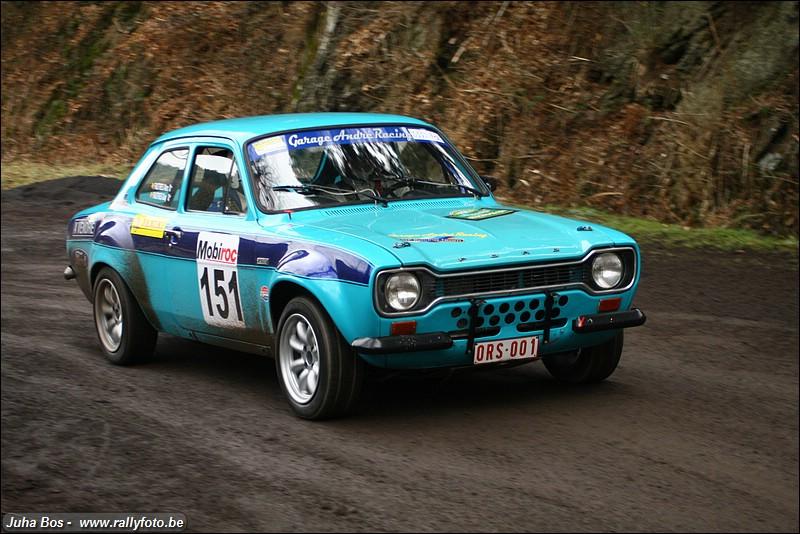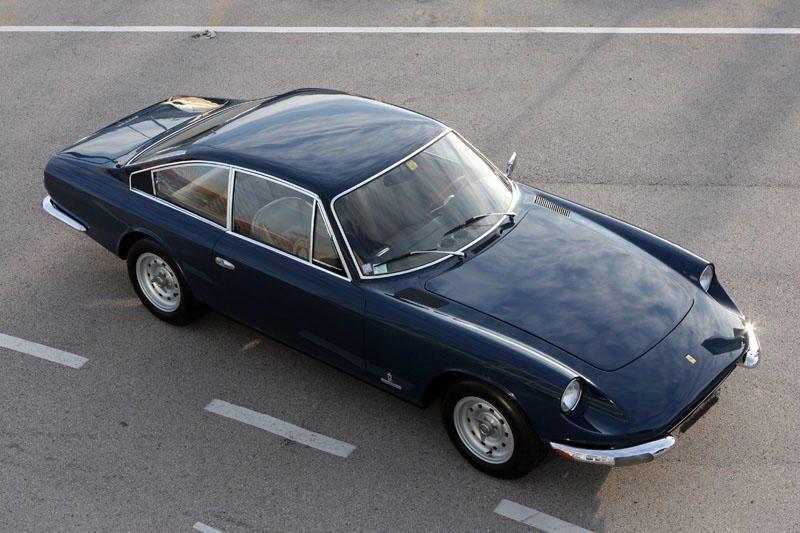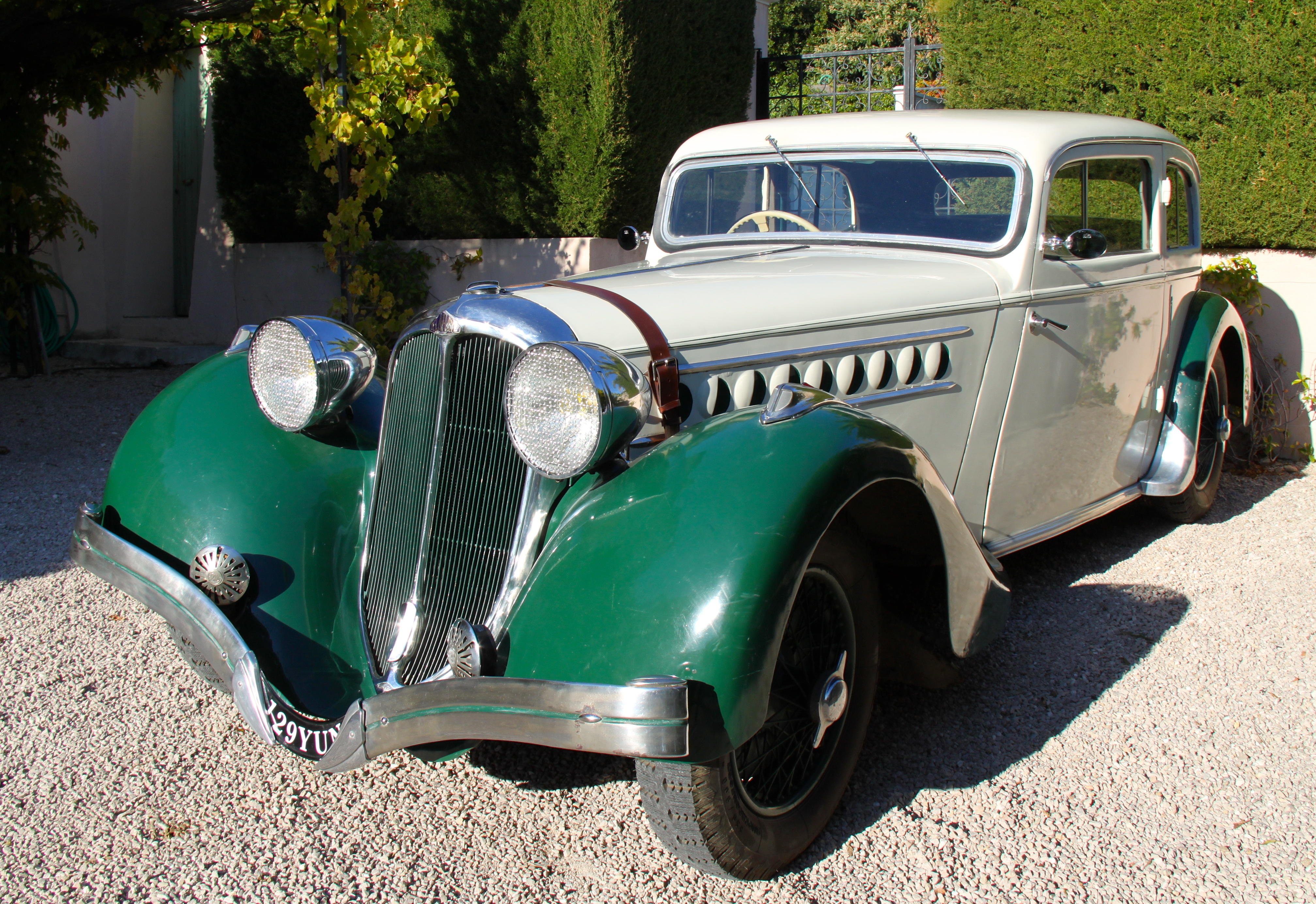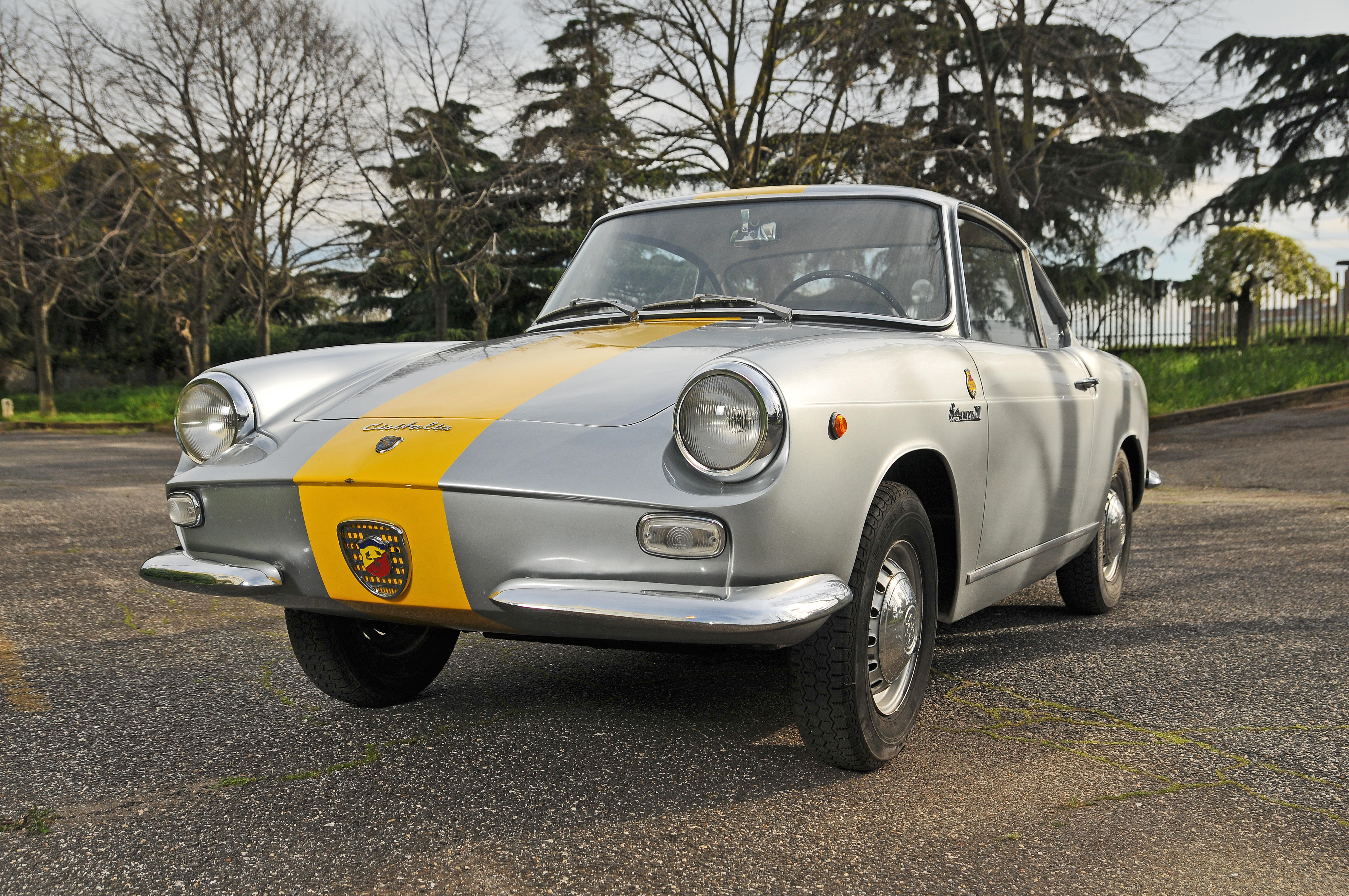Based on the highly successful 508 Balilla saloon - the first FIAT of the inter-war years to be named as well as numbered - the 508S Balilla Sport competition version was inspired by an original design by Carrozzeria Ghia. FIAT purchased the rights, manufacturing two versions: the Coppa d'Oro (Gold Cup) and lightweight Mille Miglia, named after successes gained in these demanding long distance events. Clothed in stylish open two-seater bodywork with finned tail, the original Balilla was powered by a tuned version of the saloon's 995cc four-cylinder sidevalve engine. The latter drove the rear wheels via a three-speed gearbox and was installed in a cruciform braced chassis equipped with Lockheed hydraulic brakes and wire wheels. Introduced in 1934, the 508CS second series improved on this successful formula, adopting a four-speed synchromesh gearbox and an overhead-valve engine producing 46bhp. The 508 Balilla Sport was well received by the motoring press and historians. 'The Balilla Sport to my mind is the ancestor of the small sports car,' opined Michael Sedgwick, while Light Car's Dennis May praised its acceleration, steering and 'decidedly naughty exhaust note.' Motor Sport's Bill Boddy reckoned the 508 Sport, 'a much sought-after car that left a very profound mark on the sports scene to which many British drivers turned to for competition.' Tested by Autocar in 1935, a Balilla Sport raced through the quarter-mile at 73.77mph. Seventeen years later the magazine re-tested, lapping modern Goodwood - chicane included - at 68.7mph, an extraordinary feat that speaks volumes about the Balilla Sport's cornering power. Despite its age the car was still winning races in the immediate post-war years, adding to a formidable reputation built on numerous victories in classic events in the pre-WW2 era, including the Mille Miglia, Monte Carlo Rally, Targa Florio, Spa Francorchamps 24-Hour, Ulster TT and Le Mans. This particular 508CS Balilla Coppa d'Oro took part in the Mille Miglia in 1935, as confirmed to Bonhams by the Mille Miglia Museum in Brescia (copy documents on file). An accompanying copy of the estratto cronologico states that Mr Umberto Vernassa was the owner at the time, while the starting list of the 1935 Mille Miglia shows that the FIAT had race number '12' and was driven by Umberto Vernassa and his co-pilot Carlo di Vecchio. Sadly, the Balilla retired before the finish. The car is offered with Italian libretto (1945) and Foglio Complementare (1953). It is, of course, eligible for the Mille Miglia Storica and a host of other prestigious motor sports events. Cette FIAT 508 CS Balilla Coppa d'Oro a partipé à la Mille Miglia 1935 comme cela fut confirmé à Bonhams par le Mille Miglia Museo de Brescia (copie des documents dans le dossier). Un copie de l'estratto cronologico établit que M. Umberto Vernassa en était alors le propriétaire, tandis que la liste des partants de la Mille Miglia 1935 montre que la voiture avait le numéro 12 et qu'elle était pilotée par Umberto Vernassa accompagné de Carlo di Vecchio. Malheureusement, la voiture dut abandonner. Offerte avec son libretto italien (1945) et un Foglio Complementare (1953), elle est naturellement éligible à la Mille Miglia Storica entre autres manifestations historiques de prestige.
Based on the highly successful 508 Balilla saloon - the first FIAT of the inter-war years to be named as well as numbered - the 508S Balilla Sport competition version was inspired by an original design by Carrozzeria Ghia. FIAT purchased the rights, manufacturing two versions: the Coppa d'Oro (Gold Cup) and lightweight Mille Miglia, named after successes gained in these demanding long distance events. Clothed in stylish open two-seater bodywork with finned tail, the original Balilla was powered by a tuned version of the saloon's 995cc four-cylinder sidevalve engine. The latter drove the rear wheels via a three-speed gearbox and was installed in a cruciform braced chassis equipped with Lockheed hydraulic brakes and wire wheels. Introduced in 1934, the 508CS second series improved on this successful formula, adopting a four-speed synchromesh gearbox and an overhead-valve engine producing 46bhp. The 508 Balilla Sport was well received by the motoring press and historians. 'The Balilla Sport to my mind is the ancestor of the small sports car,' opined Michael Sedgwick, while Light Car's Dennis May praised its acceleration, steering and 'decidedly naughty exhaust note.' Motor Sport's Bill Boddy reckoned the 508 Sport, 'a much sought-after car that left a very profound mark on the sports scene to which many British drivers turned to for competition.' Tested by Autocar in 1935, a Balilla Sport raced through the quarter-mile at 73.77mph. Seventeen years later the magazine re-tested, lapping modern Goodwood - chicane included - at 68.7mph, an extraordinary feat that speaks volumes about the Balilla Sport's cornering power. Despite its age the car was still winning races in the immediate post-war years, adding to a formidable reputation built on numerous victories in classic events in the pre-WW2 era, including the Mille Miglia, Monte Carlo Rally, Targa Florio, Spa Francorchamps 24-Hour, Ulster TT and Le Mans. This particular 508CS Balilla Coppa d'Oro took part in the Mille Miglia in 1935, as confirmed to Bonhams by the Mille Miglia Museum in Brescia (copy documents on file). An accompanying copy of the estratto cronologico states that Mr Umberto Vernassa was the owner at the time, while the starting list of the 1935 Mille Miglia shows that the FIAT had race number '12' and was driven by Umberto Vernassa and his co-pilot Carlo di Vecchio. Sadly, the Balilla retired before the finish. The car is offered with Italian libretto (1945) and Foglio Complementare (1953). It is, of course, eligible for the Mille Miglia Storica and a host of other prestigious motor sports events. Cette FIAT 508 CS Balilla Coppa d'Oro a partipé à la Mille Miglia 1935 comme cela fut confirmé à Bonhams par le Mille Miglia Museo de Brescia (copie des documents dans le dossier). Un copie de l'estratto cronologico établit que M. Umberto Vernassa en était alors le propriétaire, tandis que la liste des partants de la Mille Miglia 1935 montre que la voiture avait le numéro 12 et qu'elle était pilotée par Umberto Vernassa accompagné de Carlo di Vecchio. Malheureusement, la voiture dut abandonner. Offerte avec son libretto italien (1945) et un Foglio Complementare (1953), elle est naturellement éligible à la Mille Miglia Storica entre autres manifestations historiques de prestige.















Testen Sie LotSearch und seine Premium-Features 7 Tage - ohne Kosten!
Lassen Sie sich automatisch über neue Objekte in kommenden Auktionen benachrichtigen.
Suchauftrag anlegen